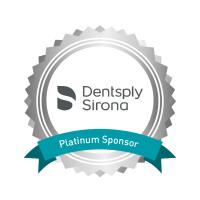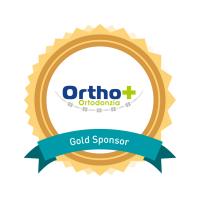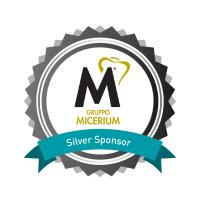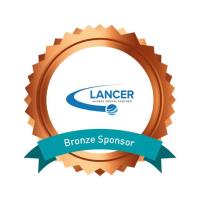Abstract
Efficiency and Predictability: a Mechanical or Strategic Question in Growing Patients?
by Quinzi Vincenzo
The efficiency of an orthodontic treatment depends on its cost/benefit ratio where the first is understood in a biological sense and impact on the life of the patient and his family in terms of duration, collaboration required, annoyance induced by the equipment used, frequency of checks, while the second, obviously, in terms of results obtained in relation to the treatment objectives set. A formula that can be applied when talking about efficiency and predictability is the following, E= Ip/Ro or E=R, Efficiency = Extensive Commitment/Result Obtained or Effort = Result. In a patient with permanent or late mixed dentition, the efficiency of the treatment is often correlated with the choice of equipment to be used and with their correct management, in order to optimize the mechanics and the consequent times. In a patient with early deciduous or mixed dentition, situations in which fixed multi-brackets equipment is rarely used, efficiency derives directly from other inherent elements rather than the choice of the best moment to intervene, the use of orthopedic equipment capable of correctly directing growth, the ability to early identify patients who will require therapies with serial extractions and/or enucleations. Therefore, in the adolescent patient efficiency will be considered as a mechanical problem, while in the younger patient it will be more the sphere of the overall treatment strategy that will be affected. It will be precisely this type of patients that we will deal with by reviewing the therapeutic possibilities relating to the three dimensions of space filtered through the fourth, time which, in these patients, represents the key to success and/or failure. In this report we will take into consideration the most salient diagnostic and therapeutic aspects, suggesting the interpretative key of each of them. In particular, we will deal with transversal, vertical and sagittal discrepancies, passing through the reading of the space deficit and/or crowding in growing patients, suggesting orthopedic and/or orthodontic approaches, through the use of simple and short-term therapeutic means, sometimes solving dental-skeletal disharmony.
Learning Objectives
After this lecture, you will be able to diagnose, in the growing patient, the problems already underway that require orthopedic and/or orthodontic intervention or even just careful monitoring until the end of growth.
After this lecture, you will be able to intercept situations potentially capable of generating malocclusive situations and plan the consequent approach in terms of intervention methods and time.
After this lecture, you will be able to plan highly efficient treatments with an excellent Effort/Result ratio.

















